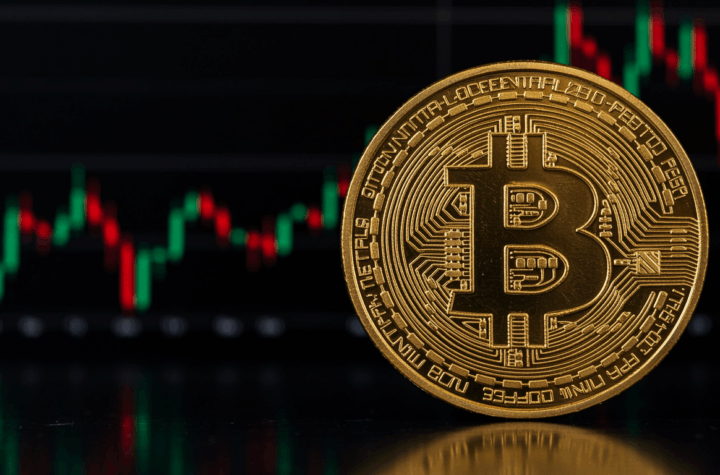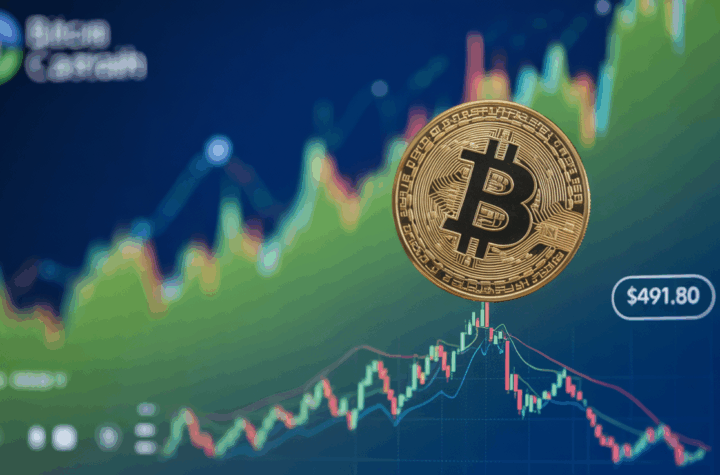
South Korea’s Newest Altcoin Obsession: $USELESS
Introducing Korea’s latest crypto fixation: $USELESS.
South Korea has long played a pivotal role in altcoin trading, fueling dramatic price surges such as last year’s 400% rally in XRP. Now, local traders are pouring their attention into a token that proudly calls itself “USELESS.”
According to Bradley Park, an analyst at Seoul-based DNTV Research, the $USELESS craze has been driven by prominent South Korean crypto influencers, known as KOLs (Key Opinion Leaders).
At the center of the hype is Yeomyung, a well-known trader and liquidity provider who dove into $USELESS early, rode out a 50% price drop, and now sits on significant paper gains.
“He made substantial profits during the Trump coin surge, and with USELESS, he earned from providing early liquidity and is currently just holding his position,” Park told CoinDesk. “Everyone’s waiting for a centralized exchange (CEX) listing. Without it, there’s no clear exit path.”
Park has tracked Yeomyung’s wallet activity, noting that his conviction has inspired copycat trading among Korean retail investors. Even wallets associated with insiders from Solana’s Jupiter ecosystem are reportedly holding $USELESS, reflecting the shifting dynamics of Korea’s crypto market participation.
“I honestly believe Korean traders aren’t just exit liquidity anymore,” Park said. “They’re becoming real players on the global stage.”
Another figure in the mix is “Bonk Guy,” known for promoting BONK during its rise. After going silent during BONK’s price collapse, he’s recently re-emerged, promoting $USELESS following the token’s rebound. However, Park and other traders question his motives.
“Bonk Guy was the first to shill LetsBONK,” Park said. “But after the price crashed, he disappeared. Now that USELESS is recovering, he’s suddenly back on board.”
Park highlighted the emergence of projects like Hyperliquid, Kaia, and Solana-based meme coins like USELESS as evidence that Korea is transforming from a secondary market into a significant force in global crypto.
Unlike XRP, whose rally was fueled by U.S. legal developments and Trump-era deregulation narratives, USELESS represents a shift in sentiment. It’s less about chaotic hype and more about where market attention—and perhaps fatigue—is flowing, Park explained.
With no roadmap, no utility, and no grand mission, USELESS taps into a spirit of ironic disillusionment—a collective shrug toward traditional crypto promises and an almost comedic wager on a token that boldly proclaims itself worthless. Paradoxically, this transparency might make it more trustworthy than some projects claiming to revolutionize the world.
Trump Champions GENIUS Act
Former U.S. President Donald Trump took to Truth Social on Tuesday to endorse the GENIUS Act, following its bipartisan approval in the Senate. He called it a crucial step for securing American leadership in the digital asset space.
Trump urged the House of Representatives to pass the legislation “lightning fast” and without amendments, emphasizing that it should reach his desk without delay or additions.
The Guiding and Establishing National Innovation for U.S. Stablecoins (GENIUS) Act introduces reserve requirements and compliance rules for U.S. dollar-backed stablecoin issuers, becoming the first significant crypto legislation to clear the Senate.
Trump portrayed the measure as a catalyst for “massive investment” and “big innovation,” positioning the U.S. as a dominant force in the global digital asset sector.
Despite broad Senate support, the bill’s path in the House remains uncertain. Some Democratic lawmakers are considering amendments that would impose tighter regulations on foreign-issued tokens and restrict who can issue stablecoins.
Yet critics persist. In a recent CoinDesk editorial, Georgetown finance professor James J. Angel argued that the GENIUS Act has flaws, citing fragmented oversight across 55 regulators, redundant regulatory layers, the exclusion of interest-bearing stablecoins, and inefficient rulemaking processes.
Coinbase Rolls Out Merchant Payments Platform
Coinbase (COIN) unveiled its new Coinbase Payments service this week, as previously reported by CoinDesk. Built on its Ethereum layer-2 network Base, the platform is designed to help merchants accept crypto payments seamlessly.
Coinbase Payments will enable ecommerce giants like Shopify to process USDC stablecoin payments around the clock, even without deep blockchain expertise. The offering includes gasless checkouts, an ecommerce API engine, and an onchain payments protocol.
Coinbase said the platform aims to replicate the convenience of traditional payment systems while reducing costs and offering instant settlement. This move positions Coinbase alongside fintech titans like Stripe and PayPal in the race to modernize payments using blockchain technology.
The launch also strengthens Coinbase’s partnership with USDC issuer Circle (CRCL). Following the news, Circle’s stock jumped 25%, while Coinbase shares climbed 16%.
Coinbase reported that stablecoins processed $30 trillion in transactions last year—triple the volume of the previous year—and is betting that programmable, dollar-pegged payments will continue reshaping global finance.
Markets Snapshot
- BTC: Bitcoin surged above $105,000 in a sharp recovery, even amid escalating Israel-Iran tensions. CoinDesk Research cited strong ETF inflows and solid support near $103,650 as signs of institutional confidence.
- ETH: Ethereum climbed 4%, holding above $2,500 despite geopolitical pressures. Record staking activity and continued accumulation suggest growing investor conviction.
- Gold: Gold slipped 0.19% to $3,383.11 after the Federal Reserve kept interest rates steady at 4.25–4.5%. Chair Jerome Powell indicated no immediate policy shifts, despite global trade uncertainties.
- Nikkei 225: Japan’s Nikkei 225 edged down 0.27% on Thursday, as Asia-Pacific markets traded mixed amid the Fed’s rate pause and ongoing Middle East tensions.
- S&P 500: The S&P 500 dipped slightly by 0.03% to 5,980.87 after the Fed’s decision, with investors adopting a cautious stance amid uncertainty over potential Trump-era trade policies.






More Stories
“Dogecoin steadies near $0.16 support amid profit‑taking that caps upside momentum.”
RLUSD Pilot Boosts XRP 5%, Technical Momentum Points to $2.50
How Aggressively Are BTC Traders Hedging After Recent Dip Under $100K?